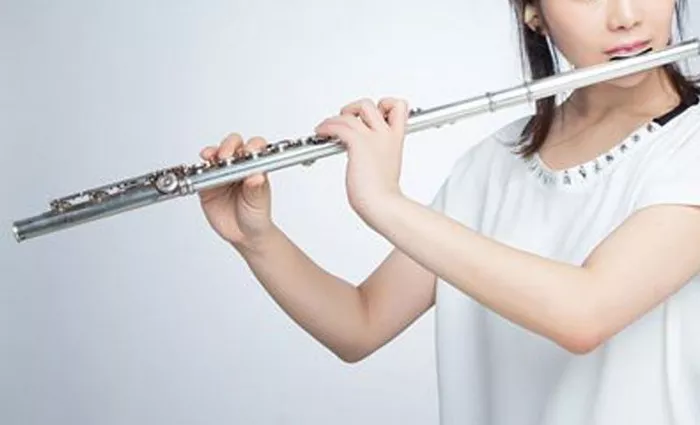When embarking on a musical journey or expanding your instrumental repertoire, the recorder flute often emerges as a popular and accessible choice. However, the question of how much a recorder flute costs is multifaceted, influenced by various factors. In this article, we’ll explore the pricing landscape of recorder flutes, considering the elements that contribute to their cost and providing guidance for those seeking the right instrument for their needs.
1. Entry-Level Recorders: Affordable Start for Beginners
For beginners venturing into the world of music, entry-level recorder flutes offer an affordable starting point. These instruments are often made from durable plastic or resin materials, making them cost-effective and resilient. The price range for entry-level recorder flutes typically falls between $10 and $50, making them accessible to individuals who are exploring their musical interests without committing to a significant investment.
2. Material and Construction: Impact on Price
The material and construction of a recorder flute play a crucial role in determining its cost. Recorders are crafted from various materials, including plastic, wood, and composite materials. Plastic recorders are generally more affordable, while wooden recorders, often preferred by intermediate and advanced players for their nuanced tones, tend to be more expensive. The construction quality, precision in detailing, and the reputation of the manufacturer also contribute to the overall cost.
3. Wood vs. Plastic: Comparing Costs and Tonal Qualities
One of the primary considerations when evaluating the cost of a recorder flute is the choice between wood and plastic. Plastic recorders are budget-friendly, making them an attractive option for beginners and school programs. On the other hand, wooden recorders, crafted from high-quality woods such as maple, rosewood, or boxwood, come at a higher price point. The tonal qualities of wooden recorders are often favored by more advanced players seeking a richer and more nuanced sound.
4. Brand Reputation: A Premium for Quality Craftsmanship
The reputation of the brand manufacturing the recorder flute can significantly influence its price. Established brands with a history of producing high-quality instruments often command a premium. Brands like Yamaha, Aulos, and Moeck are well-regarded in the recorder community for their craftsmanship and precision. While instruments from reputable brands may have a higher upfront cost, they often offer superior build quality, durability, and better overall playing experiences.
5. Intermediate and Professional Models: Investing in Skill Development
As players progress in their musical journey, they may opt for intermediate or professional-level recorder flutes. These instruments, often crafted from premium materials and featuring advanced design elements, cater to the nuanced demands of experienced musicians. Intermediate models can range from $100 to $500, while professional-grade recorders, crafted from select woods and offering superior tonal qualities, can exceed $1000.
6. Baroque vs. Renaissance: Historical Influences on Price
Another factor influencing the price of recorder flutes is the historical design influence – Baroque or Renaissance. Baroque-style recorders, characterized by a more complex and expressive sound, are commonly used in classical music. The intricate design and attention to detail in Baroque recorders can contribute to a higher price tag. In contrast, Renaissance-style recorders, with a simpler design, may be more affordable. The choice between these historical styles can impact both the cost and the musical experience.
7. Additional Features and Accessories: Customizing the Experience
Certain recorder flutes come with additional features or accessories that can affect their price. For example, some models include key systems to facilitate playing in different keys, while others may feature decorative elements or specialized mouthpieces. The inclusion of a case, cleaning tools, and other accessories can also contribute to the overall cost. Consider your specific needs and preferences when evaluating whether these additional features justify the price.
8. Used vs. New: Exploring Cost-Effective Options
For those on a budget, exploring the used instrument market can be a viable option. Used recorder flutes, when in good condition, can provide a cost-effective way to acquire a higher-quality instrument at a lower price. However, it’s essential to thoroughly inspect the condition of the instrument, especially for signs of wear, damage, or needed repairs, before making a purchase.
See Also: 10 Steps To Teach You How To Play The Small Flute
Conclusion: Finding the Right Balance
In conclusion, the cost of a recorder flute is influenced by various factors, including the instrument’s materials, construction, brand reputation, historical design influence, additional features, and whether it’s new or used. Beginners can start with affordable entry-level plastic recorders, while intermediate and advanced players may opt for higher-quality wooden models. It’s crucial to find the right balance between budget constraints and desired features, ensuring that the chosen recorder aligns with the player’s skill level, musical goals, and preferences. By carefully considering these factors, aspiring musicians can navigate the price landscape of recorder flutes and find an instrument that suits both their musical journey and financial considerations.


